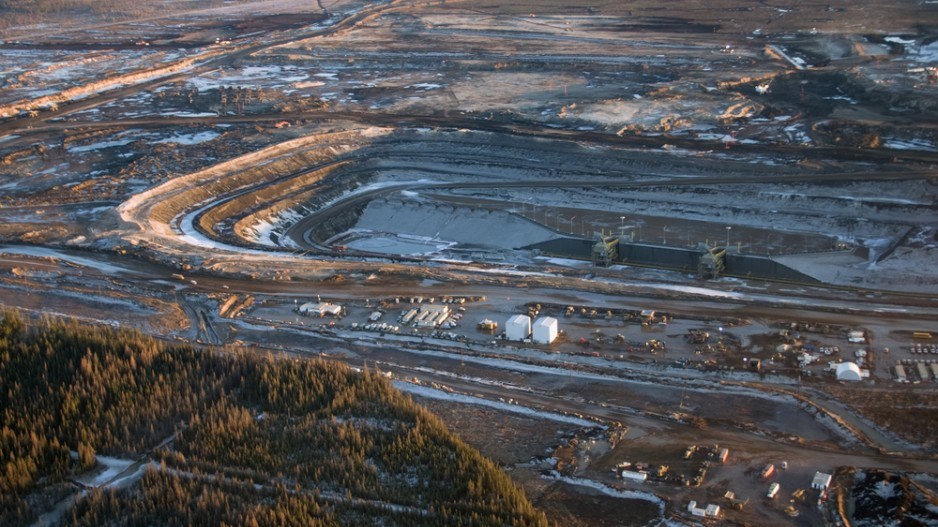Alberta's oilsands will positively affect all provinces and will lead to billions of dollars of jobs and investment – and B.C. will be the third-biggest winner, according to a report released yesterday.
It also says that B.C. will see less than half of the benefits Ontario will enjoy.
After Alberta, Ontario stands to benefit the most, according to the Conference Board of Canada report. It estimates that 14.8% of the supply chain employment effects of the oilsands will be felt in that province.
B.C. is next and stands to experience 6.7% of the economic impact, followed by Quebec at 3.9%.
Nearly one-third of the economic benefits of oil sands investment between 2012 and 2035 will occur in provinces other than Alberta, says the report, which assesses the impact of an estimated $364 billion investment in Canada's industry sectors over the next two decades.
The report highlights that the cumulative investment in Canada's oil sands has already surpassed $100 billion in the last decade.
"The development of Canada's oil sands deposits constitutes one of the largest development projects in the country's history. It is so large that it will rival massive public works projects in scale, such as the building of the Interstate Highway System in the United States," said Michael Burt, the board's director of industrial economic trends.
Fuel for Thought: The Economic Benefit of Oil Sands Investment for Canada's Regions also states that Alberta's oilsands will be responsible for creating 880,000 person-years of employment.
Beyond the employment impacts, oil sands-related investment is expected to generate government revenues of $79.4 billion ($45.3 billion in federal revenues and $34.1 for provinces) between 2012 and 2035, on an inflation-adjusted basis. This includes the effects of personal income taxes, corporate profit taxes, and indirect taxes (such as sales taxes and taxes on fuel).
The study also notes that a significant amount of oil patch workers don't come from Alberta, which is bound to have benefits in those workers' home provinces, being Newfoundland and Labrador, British Columbia and Saskatchewan the main source for these employees.
Courtesy of MINING.com




